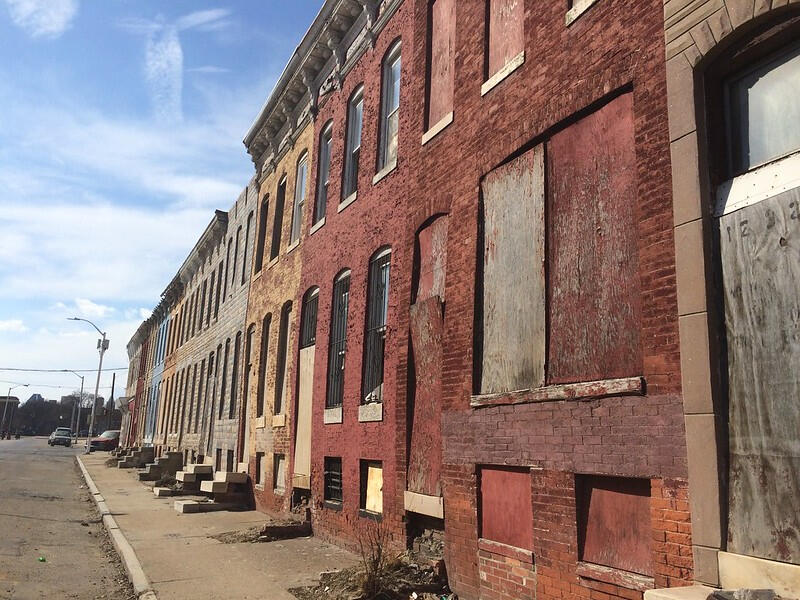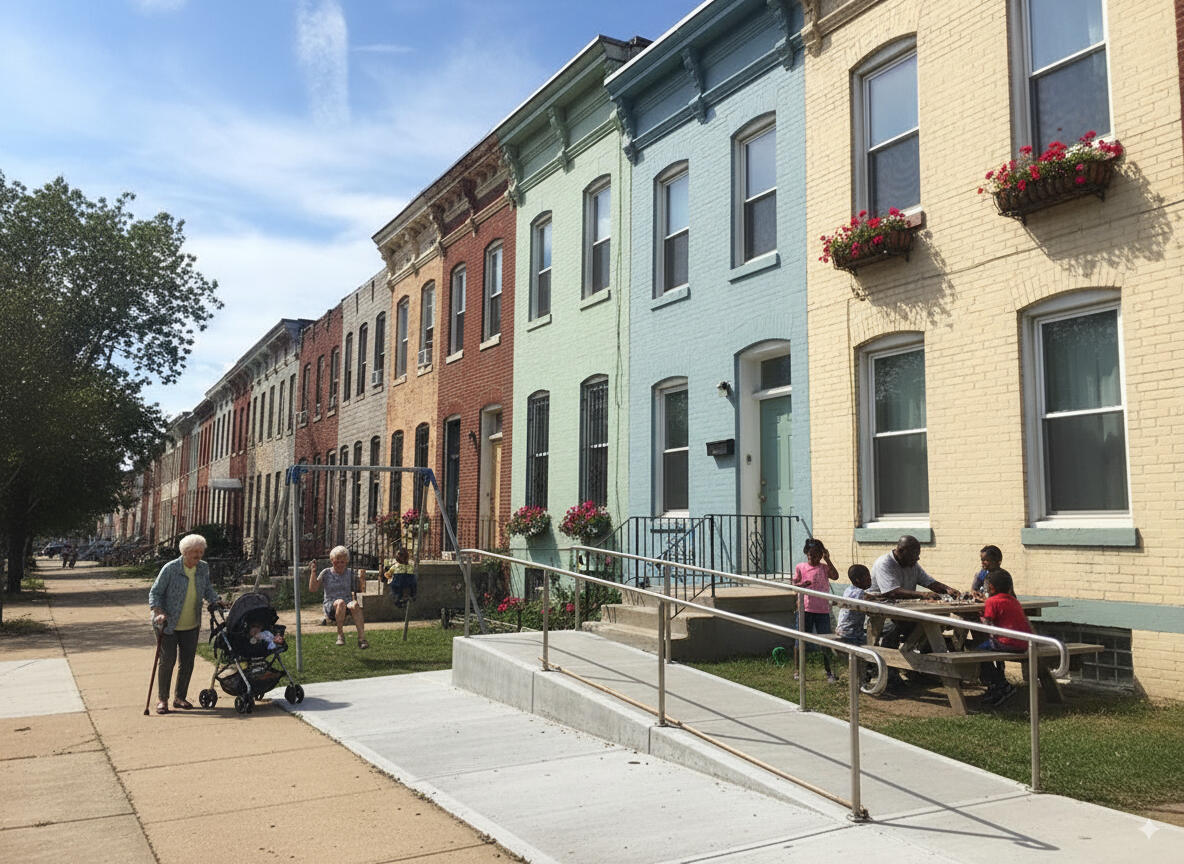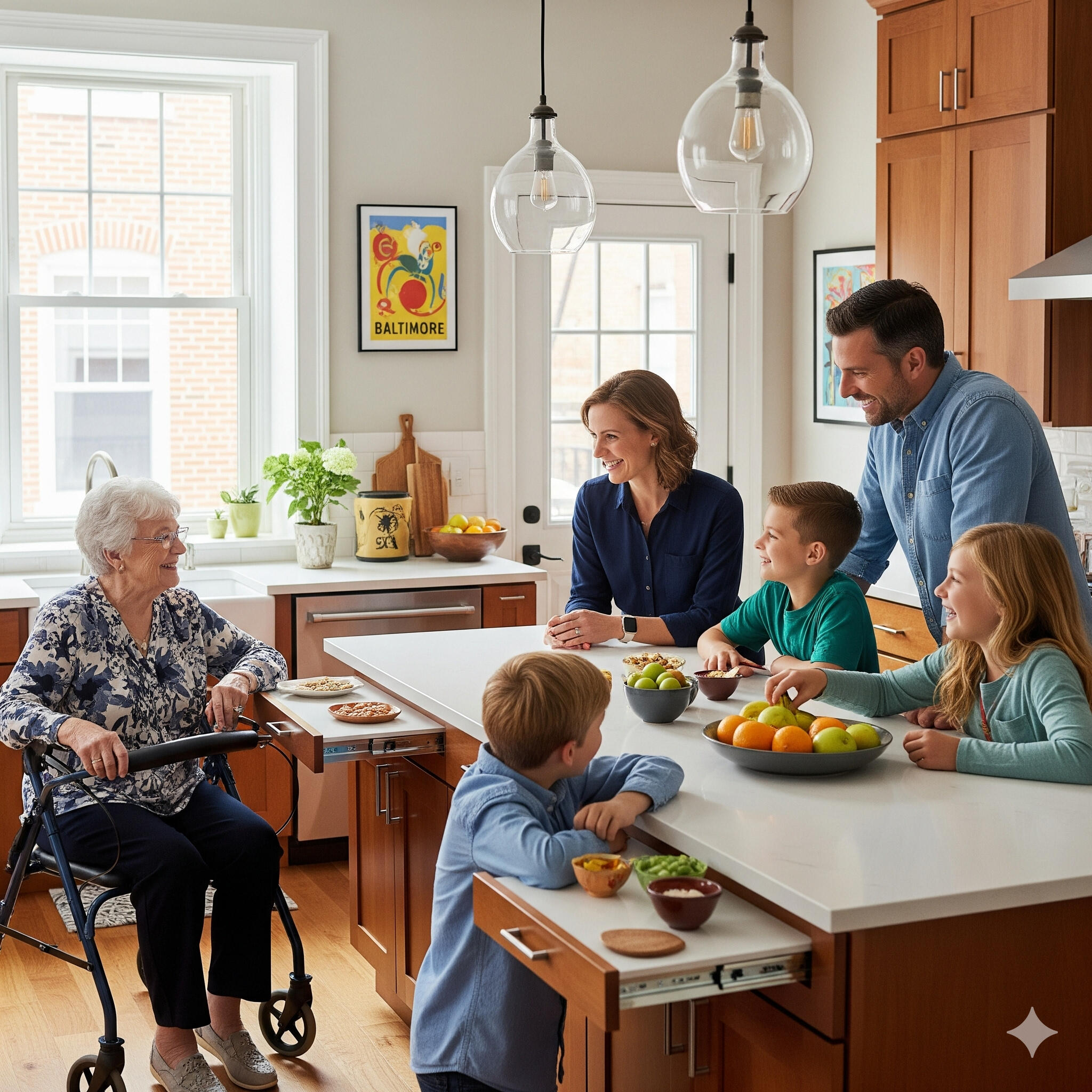
Accessible, Affordable Housing for All
We transform distressed properties into modern, affordable, accessible homes for multigenerational families. We don’t just rebuild houses—we restore communities.
Let's Talk
Our Blueprint
Our Plan is Simple
We purchase distressed properties and convert them to accessible homes for seniors, people with disabilities, veterans, and families to age in place with dignity—while strengthening communities and reversing economic decline across our state.
We transform distressed, vacant, and abandoned properties into modern, affordable, and accessible homes designed for multigenerational living.
Accessible Housing Shortage
Not Just Re-building - Re-Creating
Maryland's aging population and disabled veterans face a critical shortage of accessible, affordable housing. Many are forced into institutional care—not because they need medical supervision, but because their homes lack basic accessibility modifications.This separation from family and community represents both a human tragedy and an inefficient use of healthcare resources, with nursing home costs far exceeding the investment needed for accessible housing modifications that enable aging in place.
Maryland faces a housing crisis on two fronts...
1.07 million seniors; homelessness among 65+ adults rose 77% from 2018-2024, driven by unaffordable options and fixed incomes.
100,000 + Vacant or Distressed Properties Statewide
********
vacant homes create safety hazards, suppress property values, and drain municipal resources costing billions.
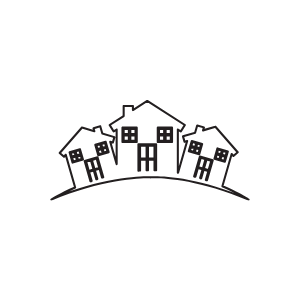
Less Than 1% of Maryland Homes are Wheelchair Accessible
********
less than 1% of homes are fully accessible, forcing many to leave their communities.
124,000 seniors and 94,000 residents with disabilities
********
The current housing supply was not created with seniors or people with disabilities in mind. The are being forced into nursing homes and care facilities costing the taxpayers millions.

Maryland's Accessibility Crisis
Maryland has a gaping deficit of over 85,000 accessible housing units forcing thousands into isolation or institutions.
In Maryland, nearly 300,000 seniors have mobility issues or disabilities, yet the vast majority of Maryland’s housing stock lacks essential modifications like step-free entries or accessible bathrooms, forcing them into nursing homes and long-term care facilities.
Key Statistics:
Homelessness among 65+ adults has surged 77% since 2018 (from 677 to 1,199 people), with a 49% jump in just two years.
Maryland taxpayers pay over 80% of nursing home bills via Medicaid—totaling $3.6 billion yearly.
Over 1.1 million residents aged 65+ call Maryland home in 2025, the housing stock is not equipped for their needs.
Imagine Converting Baltimore's 15,000 Vacant Buildings into Accessible Homes
Each year, these properties cost our city a staggering sum, estimated to be at least $200 million, when combining over $100 million in lost tax revenue with an additional $100 million in direct public expenses for services like emergency calls, blight mitigation, and public safety responses.1 This is money that could be invested in our schools, our infrastructure, and our communities.
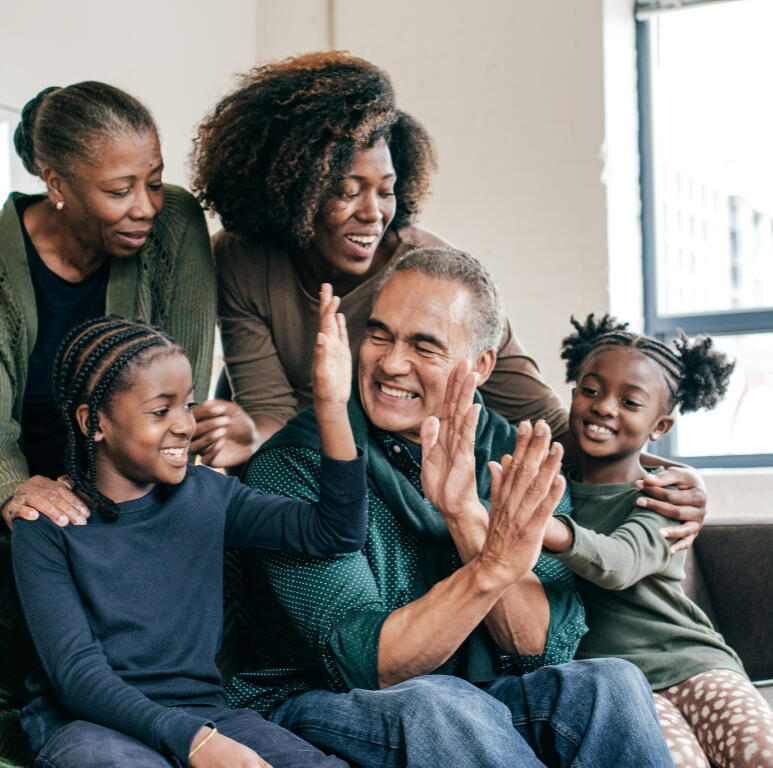
Keeping Families together
A Silver Tsunami Meets a Housing Shortage
Simultaneously, our city is aging. Baltimore is home to over 124,000 residents aged 60 and older, a population that grew by over 17% in the last decade alone.4 They are joined by nearly 94,000 residents living with a disability.4 Yet, our housing stock is dangerously unprepared for this demographic reality.A recent statewide assessment confirmed a severe shortage of suitable and affordable housing options for older adults, many of whom wish to remain in their communities.6 Nationally, less than 1% of housing units are fully wheelchair accessible, and only about 4% are equipped for those with even moderate mobility difficulties.9 This isn't a gap; it's a chasm. The tragedy and the opportunity are one and the same: the thousands of empty houses across our city represent the single greatest resource we have to build the thousands of accessible homes our communities desperately need. This reframes the vacancy problem from a pure liability into the only solution available at the scale required to solve our accessibility crisis.
Win-Win-Win
Everybody Wins
We align with Maryland’s Reinvest Maryland initiative and county-level housing programs, turning policy into action.
********
A Win for The State of Maryland
Vacant homes become tax-generating assets, saving billions in costs.
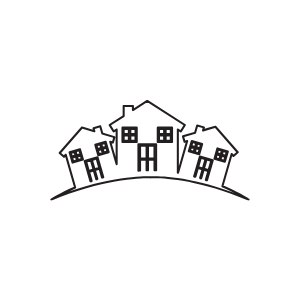
********
A Win for The Communities
Revitalized properties spark neighborhood renewal and growth.
********
A Win for The Residents
Accessible homes let seniors, veterans, and families stay connected.
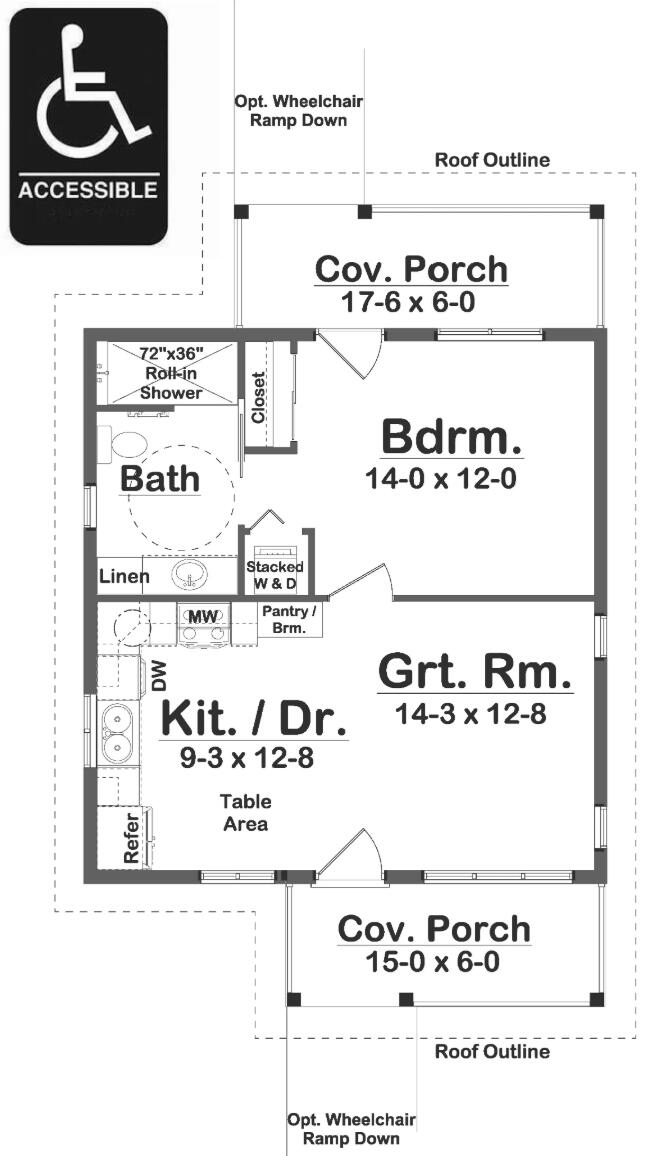
Creating Homes, Not Houses
What is an Accessible Home?
The failure to provide accessible housing has consequences that extend far beyond inconvenience. It imposes a severe toll—on the our elderly, on their family finances, and on public resources. Falls, injuries, hospitalizations, and early nursing home admissions cost the state millions annually.
Our Modifications are geared towards reducing fall risk, reducing injury and hospitalizations, and allowing residents to live independantly and safely in their own home for as long as possible.
Floorplan modifications to add first floor bedrooms and bathrooms reducing the need for stairs. Even in rowhomes.
Widening door frames for walker and wheelchair passage.
Installing grab bars for safe transfer to and from the bathroom.
Installing smart lighting, exterior lighting, and pathway lighting.
Installation of permanent or temporary transfer poles.
Bathroom modifications for roll in zero curb showers.
Fall risk detectors, home speaker systems for fall risk monitoring .
Auto turn off valves for faucets and ovens.
Many more custom modifications that can be tailored to specific disabilities or conditions.
Strategic Alignment with Public Policy
Our work is in direct alignment with the City of Baltimore's revitalization goals and Governor Wes Moore's landmark Reinvest Baltimore initiative, a collective effort to eliminate vacancy and revitalize neighborhoods.22 We are a shovel-ready partner with the certified expertise to effectively deploy resources from programs like the city's Developer Incentive Program and the Vacants to Value Booster 26, turning public policy into tangible results for the people of Baltimore.
Provide your details below, and we’ll contact you to discuss our upcoming projects. Let's work together re-build baltimore.

Let's Re-Build Baltimore Together
The challenges facing Baltimore are great, but our collective will is greater. The blueprint is clear, the need is urgent, and the opportunity for transformative change is right in front of us. Better-Baltimore is seeking to build powerful partnerships with organizations that share our vision for a more inclusive and prosperous city.
© Happy-Homes.org. All rights reserved.
